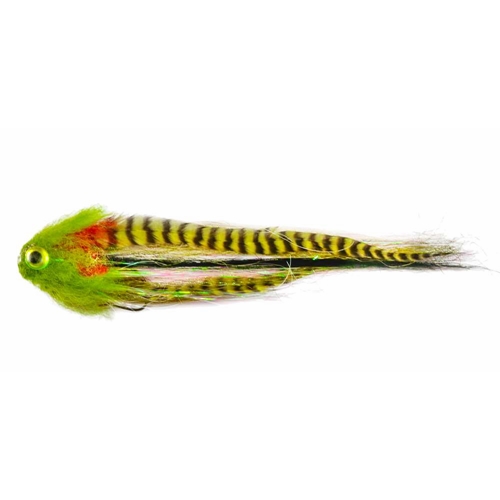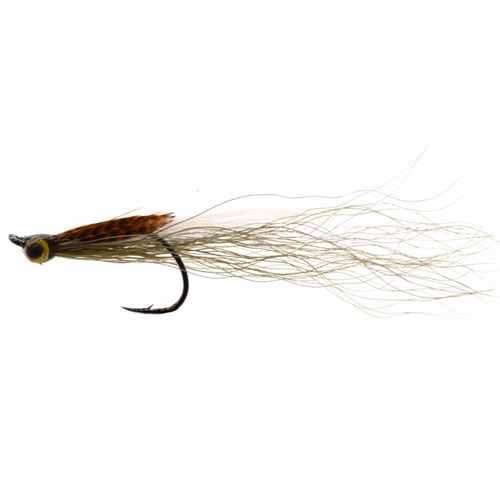 When you are fly fishing, the type of cast employed varies according to the conditions. Commonest is the forward cast, where the angler whisks the fly into the air, back over the shoulder until the line is nearly straight, then forward, using mainly the forearm. The objective here is to "load" (bend) the rod tip with stored energy, then transmit that energy to the line. This results in the fly line and the attached fly being cast for an impressive distance.
When you are fly fishing, the type of cast employed varies according to the conditions. Commonest is the forward cast, where the angler whisks the fly into the air, back over the shoulder until the line is nearly straight, then forward, using mainly the forearm. The objective here is to "load" (bend) the rod tip with stored energy, then transmit that energy to the line. This results in the fly line and the attached fly being cast for an impressive distance.
However, just bending the rod and releasing it to jerk the fly line forward (like a bowstring or a catapult) is not enough. Doing so will not propel the fly line and fly very far. Its is more important that the rod moves through an arc, which magnifies the hand movement of the caster (of about a foot) to an arc at the rod tip of several feet. In this case the rod is acting as a lever. Indeed one of the Class 3 types of lever is where the the force is applied between the fulcrum and the load, very much like tweezers. The fulcrum in the fly cast is below the caster's hand gripping the rod and the load is at the rod tip. Between these the hand exerts the force. The caster ‘stokes’ backwards and forwards, for the backcast and the forward cast, operating the rod as a slightly flexible lever. Fly fishing with style, in other words.



















